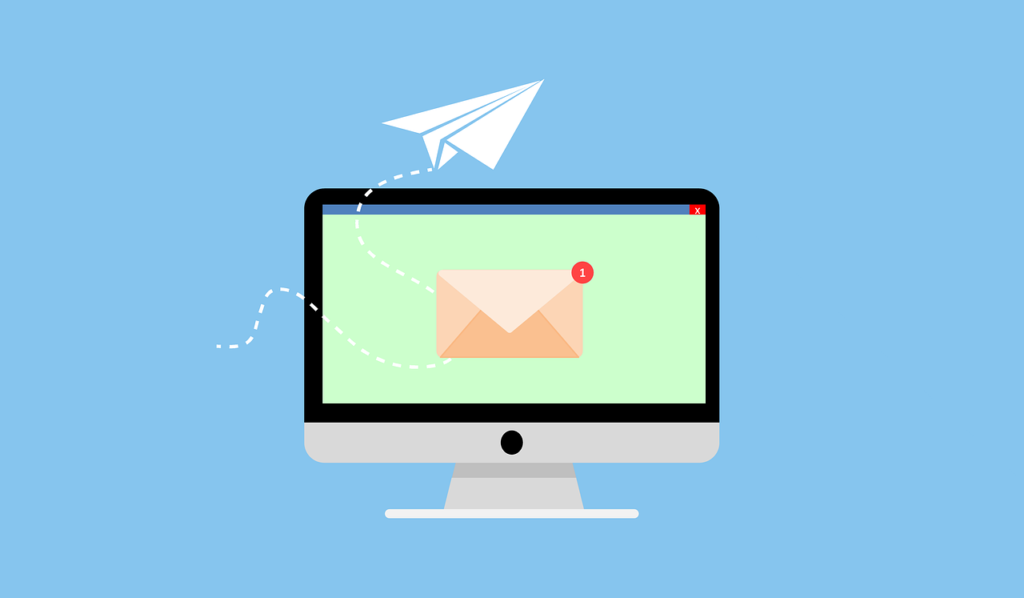How to Manage Email List: Build and Optimize Your Campaigns

A Complete Guide for Effective Email Marketing Managing an email list effectively is more than just collecting addresses—it’s about creating and nurturing a community of engaged subscribers who trust your brand. Whether you’re just starting out or refining your strategy, proper email list management is crucial for maximizing marketing efforts, improving open rates, and driving […]
Email Marketing Guide for Beginners

Email marketing remains one of the most powerful digital marketing strategies available today. Whether you’re a small business owner, an entrepreneur, or a marketing professional, a strong email marketing strategy can help you generate leads, build customer relationships, and increase conversions. If you’re new to this field, this email marketing guide for beginners will walk […]

